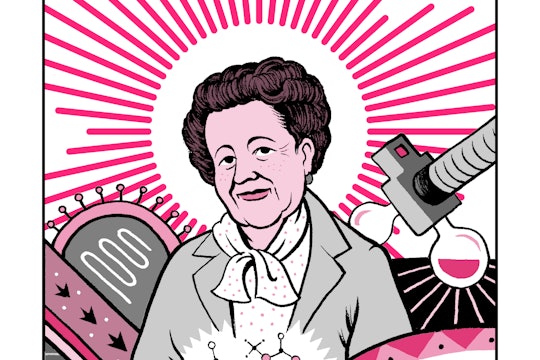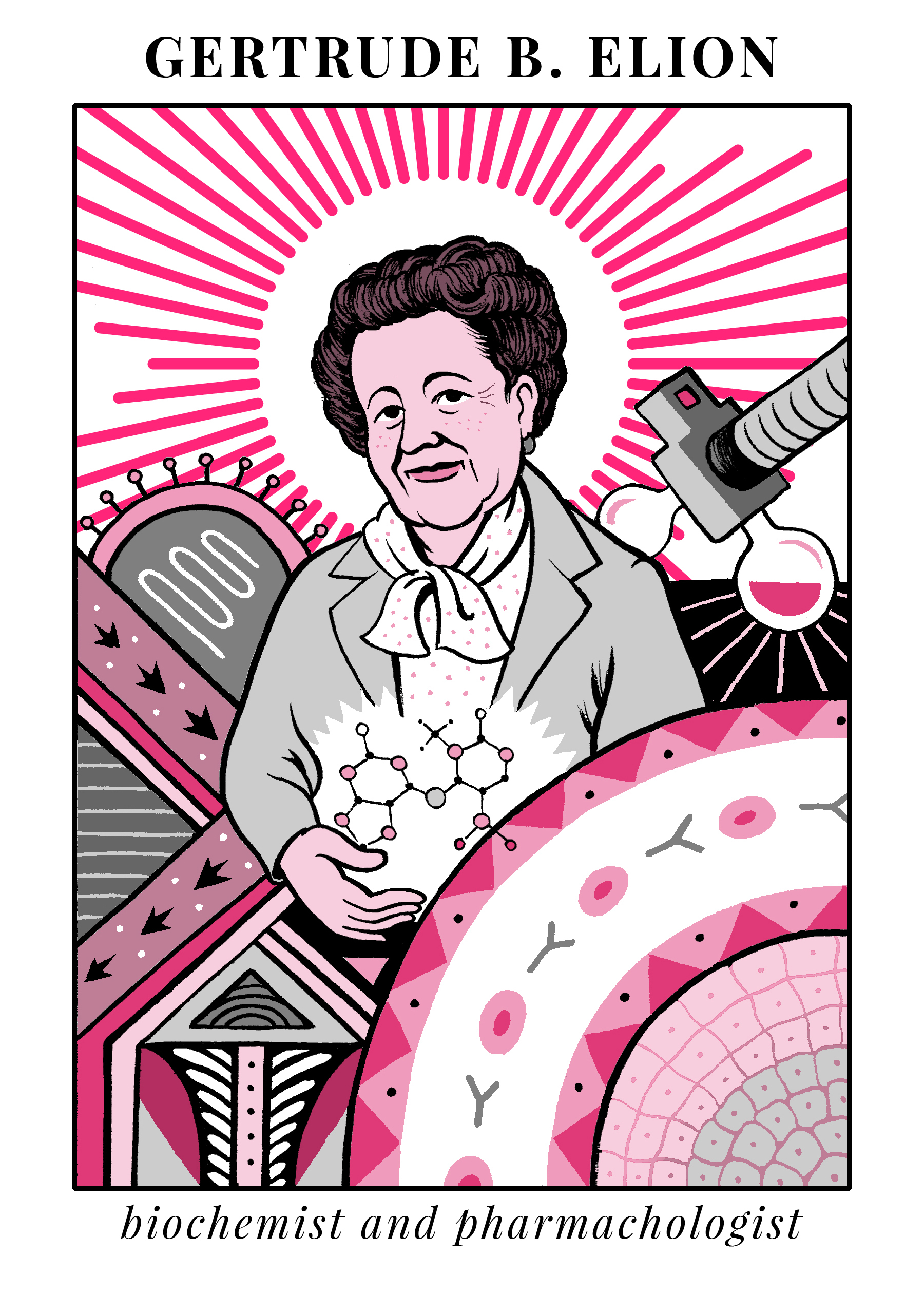
Matteo Farinella
Six facts about Gertrude Elion, a legend in drug discovery
She experienced many obstacles, but her perseverance and passion always won
Biochemist Gertrude Elion (1918-99) was a tenacious and driven woman whose boundless contributions to drug development are still appreciated today. During her training she experienced challenges that were no match for her determination. Elion broke barriers in a male-dominated field of medical science and discovered effective treatments for dozens of diseases, including leukemia and HIV.
1. Her grandfather's death inspired her to become a scientist
Elion was born in Manhattan, NY, in 1918, and grew up the Bronx with her Lithuanian father and Russian mother. She loved to learn but couldn’t decide what she wanted to study until she was 15.
“I had no specific bent toward science until my grandfather died of stomach cancer, she said. "I decided that nobody should suffer that much.” She went to Hunter College, an all-girls school in Manhattan, and majored in chemistry, graduating with high honors in 1937.
2. She struggled finding research jobs
Unable to find a job in a research laboratory because she was a woman, Elion found work at a laboratory for a food company, where she performed tedious tasks such as measuring the acidity of pickle juice. She said that she “became restless because the work was so repetitive and I was no longer learning anything.” Hoping for more intellectual work, she left the job. After brief stints as a teacher at New York Hospital and a chemist at Johnson & Johnson, she finally found work as a research assistant with George Hitchings at Borroughs Wellcome Company, where she would spend the rest of her career.
3. She never completed her PhD
Elion received a master’s degree from New York University in 1941. While she was working with Hitchings, she started a PhD program, taking evening classes at Brooklyn Polytechnic Institute. After years of long commutes, she realized that she would no longer be able to complete her doctorate without becoming a full-time student. She enjoyed her work so much that she decided to leave the PhD program and focus on her research. Although she never returned to school, she later received honorary doctorates from George Washington University, Brown University, and the University of Michigan for her contributions to science.

Matteo Farinella
4. She was entirely dedicated to her work
In her own words: “Work became both my vocation and avocation.” If she did get out of the lab, she reportedly enjoyed photography, the opera, and traveling. At one point she was engaged, but her fiancé died of a heart infection. Elion expressed doubt that she would have been so successful if she had children, since women were expected to stay home while the children were young. "In those days it would have been very much frowned on for a married woman to be working, or to come back to the lab if she had a child."
5. She discovered an effective chemotherapy for leukemia
While working at Burroughs Wellcome Company, Elion studied class of molecules called purines, which are the building blocks for our DNA. She and her colleagues found that modified purines can prevent DNA replication in a similar way to chemotherapy drugs. She worked to determine the best purine compounds for leukemia treatment. For example, by simply switching a sulphur atom with an oxygen atom, she discovered 6-mercaptopurine (6-MP), a less toxic drug that has cured 80 percent of children with leukemia. Her career took off, and by 1967 she was appointed the head of the Department for Experimental Therapy.
6. Her contributions to drug discovery won her a Nobel Prize
In addition to her leukemia treatment findings, Elion helped discover a purine variant that suppressed the immune system, making it a valuable drug for preventing organ rejection in transplant recipients. With her assistance, the company also developed drugs that interfere with bacterial and viral DNA, targeting malaria, meningitis, herpes, and other infectious organisms. Using similar techniques, her colleagues developed a purine called azisothymadine (or AZT), which interferes with replication of the HIV virus, making it the first drug for treating patients with AIDS. For all of these contributions, she and her colleagues, George Hitchings and Sir James Black, received the Nobel prize in 1988.
